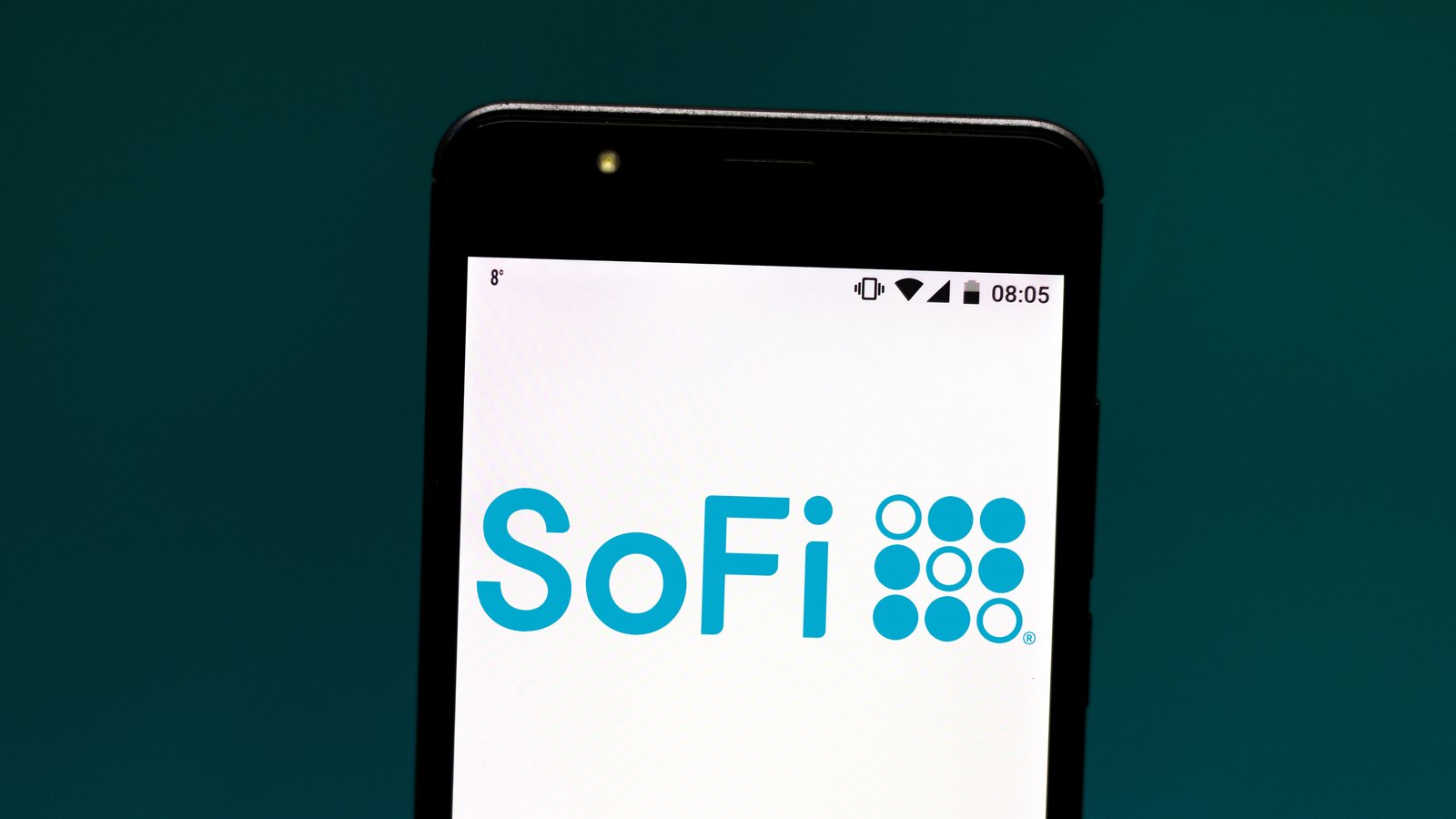Online personal finance company SoFi Technologies (NASDAQ:SOFI) is one of the most relevant offerings in the market today. As data from the U.S. Census Bureau confirms, the portion of retail transactions conducted via e-commerce channels has exploded. It only makes sense for financial requests to shift online too, bolstering the already-promising case for SOFI stock.

Of course, the novel coronavirus impacted this broader narrative. Not only that, the ongoing public health crisis may swing positively for SoFi and other online financial institutions.
True, the vaccine rollout led to relaxed mitigation protocols, and people have eagerly taken advantage. But the intensity of the delta variant may continue to drive transactions online — a point in favor of SOFI stock.
While the paper backdrop sounds appealing for the financial technology (fintech) play, the market has a different idea. To be fair, on a year-to-date basis, SOFI stock is up 18%, which is statistically a very solid figure. But over the trailing six months, SOFI has hemorrhaged nearly 23%.
Yes, early-bird investors are still feeling good about themselves. But for recent shareholders and prospective buyers, it can’t be an encouraging development.
Adding to the concerns are the circumstances revolving around SoFi’s educational loan products. As our own Chris Lau stated:
“SoFi will lose around $40 million in student loan financing. The government extended a moratorium on student loan payments. Instead of expiring on Sept. 30, the government extended it into 2022. In the second quarter, SoFi posted adjusted net revenue of $237 million. This is despite its student loan refinancing business operating at below 50% of pre-Covid levels.”
Uncomfortable with such prospects, investors dumped SOFI stock. Though difficult to project, a valid bearish argument exists.
SOFI Stock’s Headwind May Be Far From Over
To clarify my use of Lau’s analysis, my InvestorPlace colleague recognizes the near-term volatility that SOFI stock could encounter. However, he states that the “student loan headwind is temporary.” Moreover, the company is “already making up the difference by increasing its efforts on the fast-growing financial services.”
Though I don’t necessarily disagree that student loan challenges reflect temporary setbacks, I’m not entirely sure investors can just ignore that obstacle. I think there’s a real risk in assuming that SOFI stock is a credible discount because it can afford to ignore a critical growth area.
I don’t think it can. According to the Center for American Progress, “About 43 million adult Americans — roughly one-sixth of the U.S. population older than age 18 — currently carry a federal student loan and owe $1.5 trillion in federal student loan debt, plus an estimated $119 billion in student loans from private sources that are not backed by the government.” That’s not a consumer base that anyone can walk away from.
But the problem moving forward is that students are rethinking higher education, and the Covid-19 crisis amplified matters. According to Third Way, though students believe the worst of the crisis is behind us, they have concerns about economic stability.
More tellingly, students give credit to their academic institutions for handling the pandemic. However, they have begun to rethink the cost structure of a college degree. Student surveys reveal that their biggest concern now are focused on practical needs and costs, in light of the uncertain economic future.
That being the case, you may see a generational shift soon where college education is simply not the priority it once was. Therefore, the student loan headwind could in reality become a long-term one.
The Double-Edged Nature of SOFI Stock’s Tech
This sets up what has to be a potentially cruel irony for SOFI stock. To be sure, advanced connectivity technologies have enabled companies like SoFi to provide online services that were previously conducted in person. But that same disruptive spirit of innovation can boomerang back to hit SoFi in the face.
In a way, it’s already happening. Should prospective students avoid traditional higher education curriculum because of spiraling costs, then it would negatively impact SoFi’s future business prospects. Young people might opt for online education solutions instead, which may be much cheaper than their standard counterparts.
Additionally, a college education is statistically one of the most effective means of upward class mobility. But if we start to have generations of workers who choose to avoid college altogether, the playing field will dwindle even more for SOFI stock.
While I see the attractiveness of the underlying business, interested buyers may want to wait a bit more before getting involved. A temporary headwind might not be so temporary in a broader context.
On the date of publication, Josh Enomoto did not have (either directly or indirectly) any positions in the securities mentioned in this article. The opinions expressed in this article are those of the writer, subject to the InvestorPlace.com Publishing Guidelines.
A former senior business analyst for Sony Electronics, Josh Enomoto has helped broker major contracts with Fortune Global 500 companies. Over the past several years, he has delivered unique, critical insights for the investment markets, as well as various other industries including legal, construction management, and healthcare.
